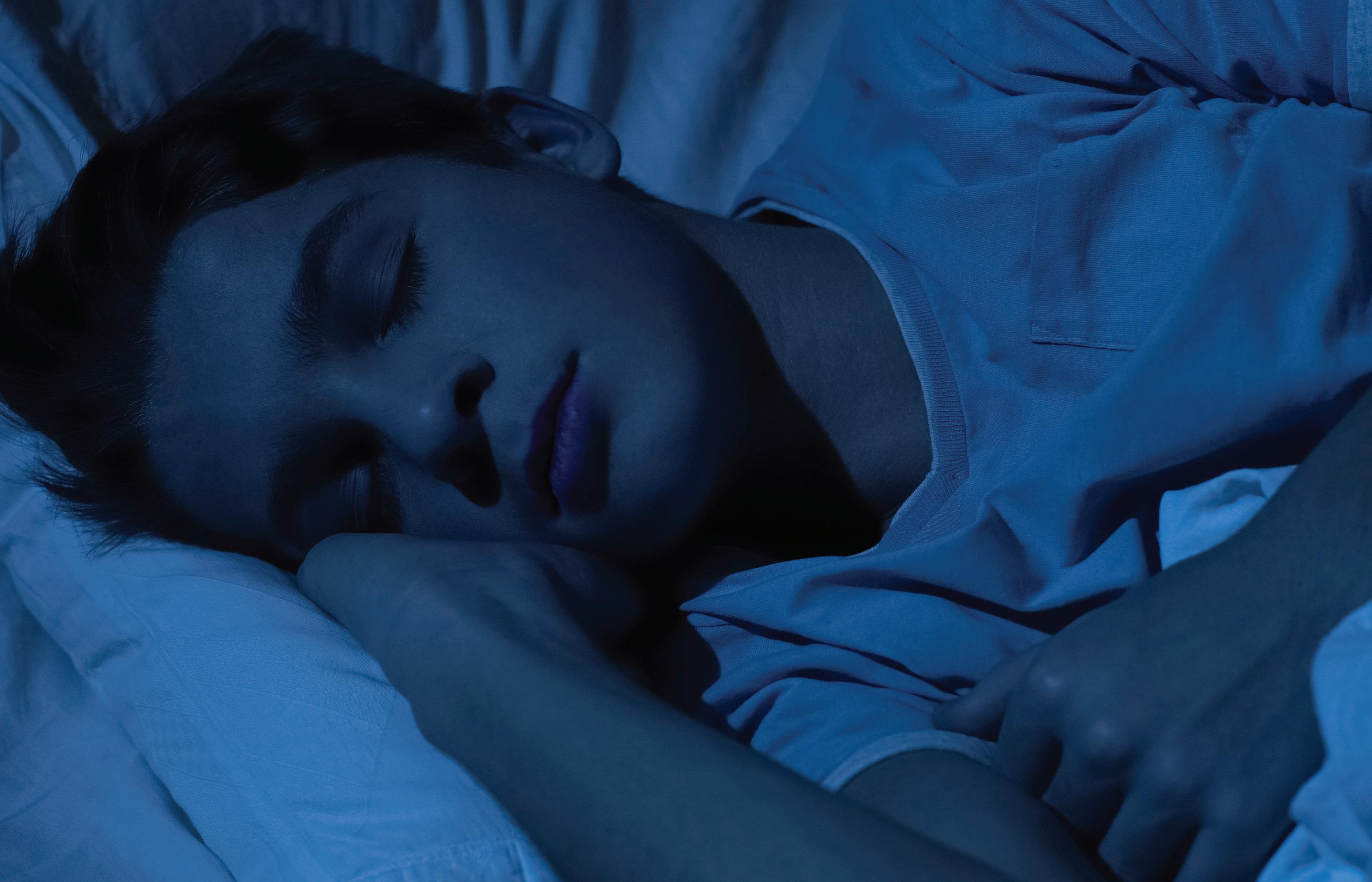
4 minute read
School Safety


SCHOOL
What schools and law enforcement are doing to keep kids safe S FETY
By HEIDI BORST
After the recent tragedy in Uvalde, Texas, we’re all experiencing heightened concern about our kids’ safety at school. When we drop our kids off, we want to know they’re going to return to us safe and sound. In the last 10 years, school violence has continued to escalate, according to 2021 data from the National Center for Education Statistics. Nearly 950 school shootings have taken place in the US since 2012. We took an in-depth look at security measures in NJ schools to see what they’re doing to keep kids safe:
ILLUSTRATION: ©ISTOCKPHOTO.COM / SEVA PETROV
SAFETY PROTOCOL IN SCHOOLS
You’re likely wondering what safety measures are in place at your child’s school. Donald A. Johnstone, district security officer at Manville Public Schools, says most schools use the Standard Response Protocol (SRP) designed by the “I Love You Guys” Foundation. The organization was started in 2006 by Ellen and John-Michael Keyes, who lost their daughter Emily in a school shooting. “I Love You Guys” was the last text message Emily’s parents received from her that day. The foundation’s SRP, which uses a universal vocabulary and set of actions for all school emergencies, is currently being used at more than 30,000 schools.
“It’s all about simple actions that we dictate to staff about how they should respond to specific situations,” says Johnstone.
These are the five key actions:
HOLD: “In your room or area.” This directive ensures the hallways are clear.
SECURE: “Get inside. Lock outside doors.” This is used to safeguard those in the building.
LOCKDOWN: “Lock, lights, out of sight.” Used to secure individual rooms, this protocol keeps everyone quiet and in place.
EVACUATE: This directive, which may be followed by a specific location, is used to relocate students and staff to another area or out of the building.
SHELTER IN PLACE: The specific hazard will be announced, and students and administration are directed with a safety strategy.
THE LOWDOWN ON SAFETY DRILLS
You probably know that your child participates in safety or active shooter drills. In NJ, state law requires every school to perform two lockdown active shooter drills per year.
“When there’s an active shooter drill, the entire school is locked down,” says Johnstone. “The drill gets called out as a lockdown from the front office loudspeaker.” The drills have become second nature for kids, who’ve been doing them twice a year since kindergarten, he adds. No matter where you are—in a classroom, the cafeteria or the gym—the doors get locked. Then teachers turn out the lights and get kids to a safe place where they can’t be seen, Johnstone says.
At all NJ schools, children experience two drills every month: one safety drill and one fire drill, Johnstone says. In addition to twiceyearly active shooter drills, schools are also required to do two lockdown drills, two shelter-in-place drills, and two bomb threat drills each year.
ADDITIONAL SECURITY MEASURES
Schools work with the police daily, says Johnstone. Police patrol through the parking lots in their cars. They stop at the school buildings and do walkthroughs to make schools safer.
To control who’s in the building, doors always remain locked, Johnstone says. Visitors must go to the main entrance of each building, then ring the buzzer to speak to someone in the front office. There are cameras at each doorway along with a phone or microphone so the front office staff can screen the person. “If they need to come into the building, the front office staff will go up, meet them and check their ID before bringing them into the building. Then, they’d sign in and get a pass,” Johnstone says.
“The most important thing we’re trying to stress here is you can’t leave doors open. You can’t leave easy access for people. It has to be controlled, so we know who’s coming in and out.”
HOW TO REASSURE KIDS
Though necessary, it’s no secret that active shooter drills can be traumatizing for students. That’s why in early 2022, Governor Murphy signed legislation to ensure that active shooter drills are conducted in an age-appropriate manner. Props like fake blood, firearms and simulated gunshots or explosions are prohibited during the drills. The goal is to preserve students’ mental health while preparing them for worst-case scenarios.
Parents should do their best to reassure kids that schools are very safe places, says Steven Tobias Psy.D., director of the Center for Child & Family Development in Morristown. Tobias recommends comparing drills to putting on a seat belt. “We put on a seat belt to be extra safe—just to make sure,” Tobias says. “That doesn’t mean we’re going to get into a car accident or get hurt. In the same way, you do these safety drills in schools to be extra safe, just in case.”
Johnstone advises parents to talk to their kids about current events. No matter how worried you are as a parent, Tobias urges putting your own anxieties aside and reassuring your child as best as you can. But if you feel like your child’s been traumatized by recent events, talk to their school counselor, or seek outside therapy to address their anxiety.










